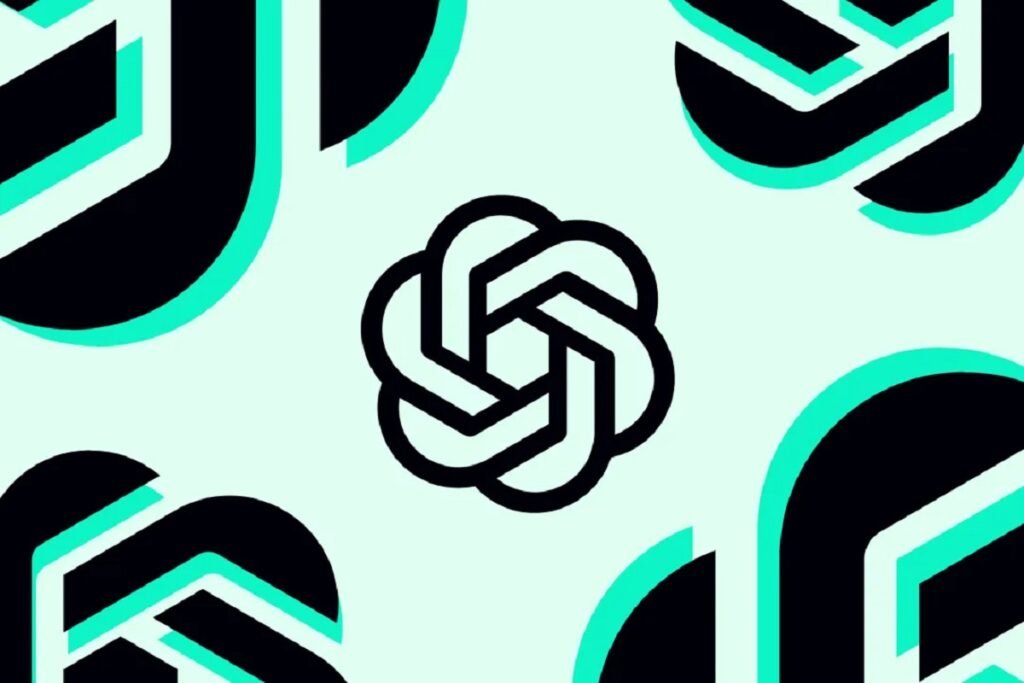OpenAI Faces GPU Overload as ChatGPT’s Image Generation Surges in Popularity
The rise of AI-generated content has taken the world by storm, and OpenAI is at the forefront of this revolution. However, even the most advanced systems can face challenges when demand outpaces infrastructure capacity. Recently, users of ChatGPT’s image generation feature have reported delays and failures, with OpenAI CEO Sam Altman humorously noting that their GPUs are “melting” under the weight of overwhelming usage.
This surge in activity highlights both the growing enthusiasm for AI tools and the technical hurdles companies face when scaling such powerful technologies. The situation also raises important questions about the future of AI scalability and sustainability.
Skyrocketing Demand for GPT-4o-Powered Images
At the heart of the issue lies ChatGPT’s latest upgrade: the GPT-4o model. This iteration delivers sharper, more realistic images and excels at generating visuals with intricate text elements. Its capabilities have captured the imagination of users worldwide, leading to a massive spike in requests for AI-generated art.
From Studio Ghibli-inspired landscapes to hyper-realistic portraits, the creative possibilities are endless. Unfortunately, this newfound popularity has placed immense strain on OpenAI’s computing infrastructure. Every image generated requires substantial GPU resources, and with millions of users experimenting with the tool, even a tech giant like OpenAI struggles to keep up.
Temporary Rate Limits and User Restrictions
To address the bottleneck, OpenAI has implemented temporary rate limits. These measures primarily affect free-tier users, who may encounter slower response times or restricted access. In a recent update, Altman indicated that free users will soon regain limited access—but only with a strict cap of three images per day.
Premium subscribers, while given priority, aren’t entirely immune to slowdowns during peak usage periods. This tiered approach reflects OpenAI’s efforts to balance accessibility with performance, ensuring that paying customers receive a smoother experience.
The Computational Cost of AI Innovation
Behind the scenes, the issue underscores the immense computational demands of modern AI systems. Generating high-quality images isn’t just a matter of running algorithms—it involves processing vast amounts of data through specialized hardware. Each request taps into GPU resources, which are expensive to maintain and operate at scale.
This isn’t the first time OpenAI has adjusted its rollout plans due to infrastructure constraints. Earlier this year, the company delayed free-tier access to image generation entirely, citing similar challenges. Such decisions highlight the delicate balance between innovation and practicality, as well as the need for continuous optimization.
Scaling AI Responsibly: A Broader Challenge
The current GPU overload serves as a microcosm of larger industry trends. As AI tools become more sophisticated and widely adopted, tech firms must grapple with the environmental and logistical implications of scaling these systems. Energy consumption, hardware availability, and cost management are all critical factors in ensuring sustainable growth.
For OpenAI, the focus remains on improving efficiency. Engineers are working tirelessly to optimize processes so that more users can enjoy seamless access to ChatGPT’s image generation without compromising quality or reliability. These efforts align with the broader goal of making AI accessible while minimizing its ecological footprint.
What Users Can Expect Moving Forward
If you’re eager to explore ChatGPT’s image generation capabilities, patience is key. While OpenAI continues to address the underlying issues, occasional delays and restrictions may persist. That said, the company’s track record suggests that these challenges will likely be resolved sooner rather than later.
In the meantime, premium subscribers can look forward to prioritized access, while free users should anticipate limited daily allowances. Regardless of your subscription level, the quality of GPT-4o-generated images ensures that the wait is often worth it.
Key Takeaways: Navigating the Future of AI
– Unprecedented Demand: OpenAI’s GPU overload stems from the skyrocketing popularity of ChatGPT’s image generation feature.
– Rate Limits Implemented: Free users face stricter caps, while premium subscribers enjoy prioritized but not unlimited access.
– High Computational Costs: Advanced models like GPT-4o require significant GPU resources, highlighting the challenges of scaling AI.
– Sustainability Concerns: The incident underscores the importance of responsible scaling to meet mass adoption needs.
– Optimism Ahead: Despite current limitations, OpenAI’s commitment to optimization promises improved accessibility in the near future.
As AI continues to evolve, moments like these serve as reminders that even the most cutting-edge technology has its limits. Balancing demand with performance is no small feat, but OpenAI—and the tech industry at large—is determined to find solutions. For now, users are encouraged to embrace the creative potential of AI while understanding the complexities behind its operation.


